TANGZHONG EXPLAINED | All you need to know about Tangzhong and Yudane | Bread Baking 101
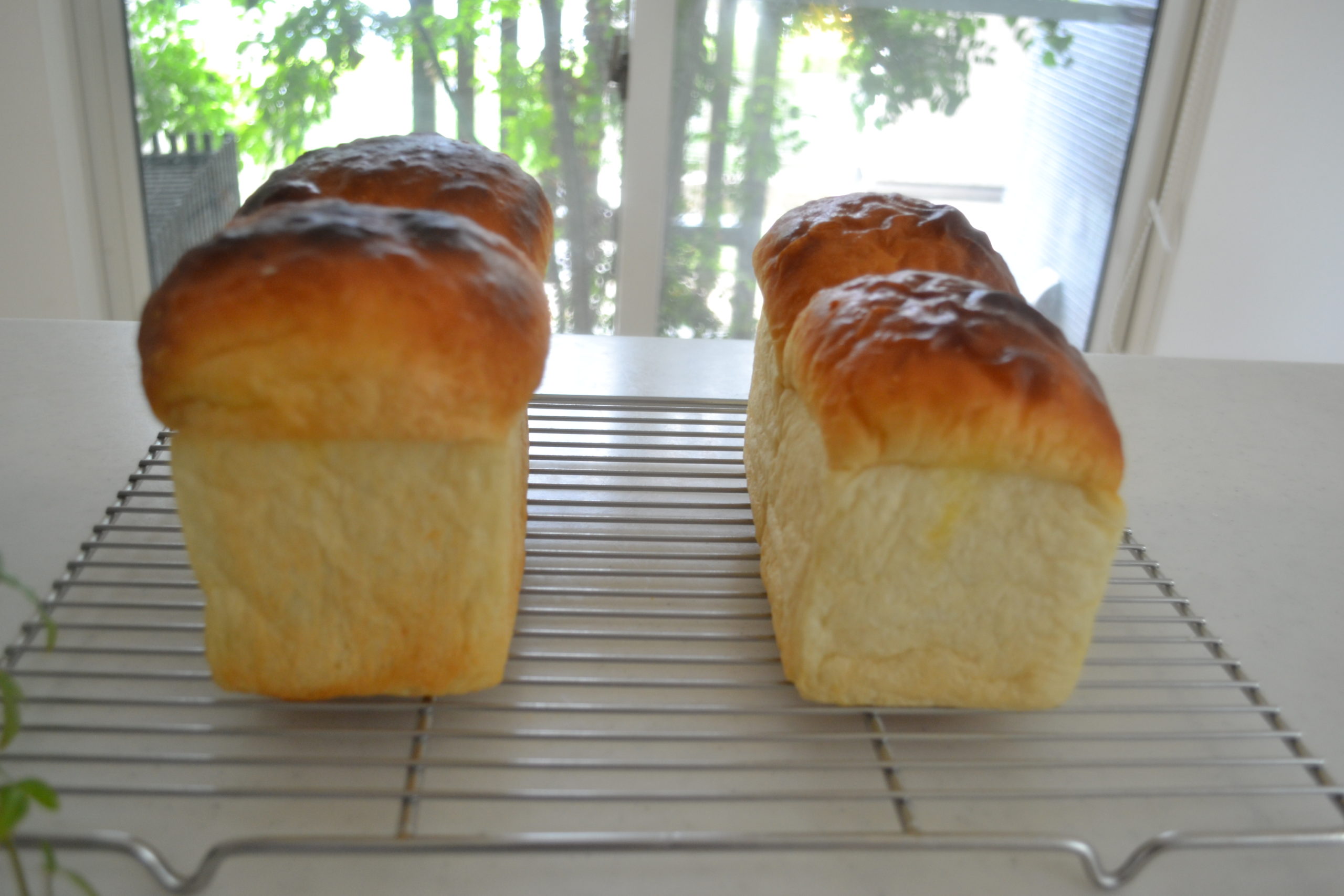
What are Tangzhong and Yudane?
Tangzhong is the word for pre-cooked bread flour dough to make your bread moist and fluffy.
Yudane is almost the same as Tangzhong, it’s a cooked bread dough, but the making process is slightly different.
Both words are written in the same Kanji. (漢字、=Chinese character)
Let’s take a look at it.

Chinese charactors are ideograms, and these charactor means,
湯=hot water 種=dough
Literally, “Hot-water dough.”
Now, let’s take a look at the pronounciation.


Tangzhong is the Chinese pronunciation of the Japanese Yudane.
That being said, Yudane and Tangzhong mean exactly the same thing!
But there seems to be a difference in how it’s made.
Let’s take a close look at it!
What’s the difference between Tangzhong and Yudane?
Taanzhong and Yudane seem to have the same origin but they changed their structure over time.
Here are the instructions widely recognized by bake lovers like me.
How is Yudane made?
1)Combine bread flour and boiling water to make a thick paste.
2)Leave it overnight in the fridge.
3)he next day, add to the dough to make Shokupan.
That’s it!
The ratio varies but usually 1 part flour: 1.5 parts boiling water.
The measurement varies from recipe to recipe.
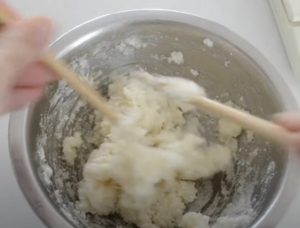
How Tangzhong is made?
Tangzhong is cooked in a pot with a lot more water to create a slurry. It’s much smoother than Yudane.
You can use it at room temperature.
The ratio will be 1 flour to 5 liquid (water or milk or combination)
The measurement varies from recipe to recipe.
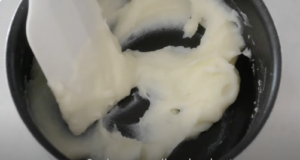
What exactly do Tangzhong and Yudane to your bread dough?
If you want your bread fluffy and moist, you will need more liquid in your bread.
The more liquid, the more moist your bread will be.
But what happens iff you simply add more water to the bread dough? It’s too wet to handle.
That’s because there would be more “free water” in the dough.
By cooking the flour, or adding boiling water to the flour, there would be less “free water”, because the flour absorbs more hot water and creates a bond.
That makes your bread kneadable and still holds more water in the dough.
I hope this makes sense to you.
Today, I want to explain the difference between these two famous Asian bread-making technique, which is more and more in demand by home bakers all around the world.
Why do Japanese bakers invented Yudane?
It is because Japanese people want moist bread!
Here, I built the following hypothesis.
First of all, simply because we love the moist texture.
We have been eating rice since the beginning of Japanese history. ( Long story short, Japanese history began with the rice farming.)
The rice contains so much more moisture than bread, so we want our bread moist as well.
We’ve been eating rice from the very beginning of our history, so it’s printed on our DNAs.
But, after the WWⅡ, a vast amount of American bread flour flew into our society as a relief supply.
They served bread made of American flour at our school lunch.
I remember I ate this type of bread almost every day at school.

It was kind of dry, and it’s not suited to Japanese people’s preferences.
After a long while, the Yudane method was invented by one of the leading companies.
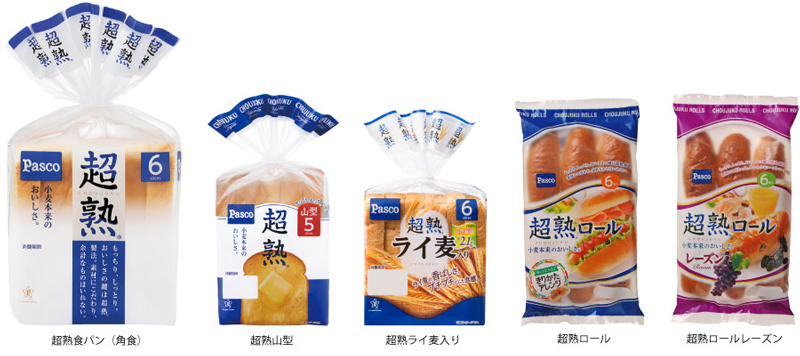
It’s quickly taken the market share because it suits our taste.
And still the best seller at the Japanese grocery store.
In addition to it, according to a report, we have less saliva recretion compare to Western people. So we physically need moisture to digest.
https://www.chem-station.com/chemistenews/nobel/2019/09/ignobel2019.html
And, we have Mochi Culture.
We make mochi every once in a while, and we are used to handling the sticky dough.
Some people complain about Yudame dough or Tangzhong dough is not easy to handle, but we don’t.
It’s much easier than Mochi! www
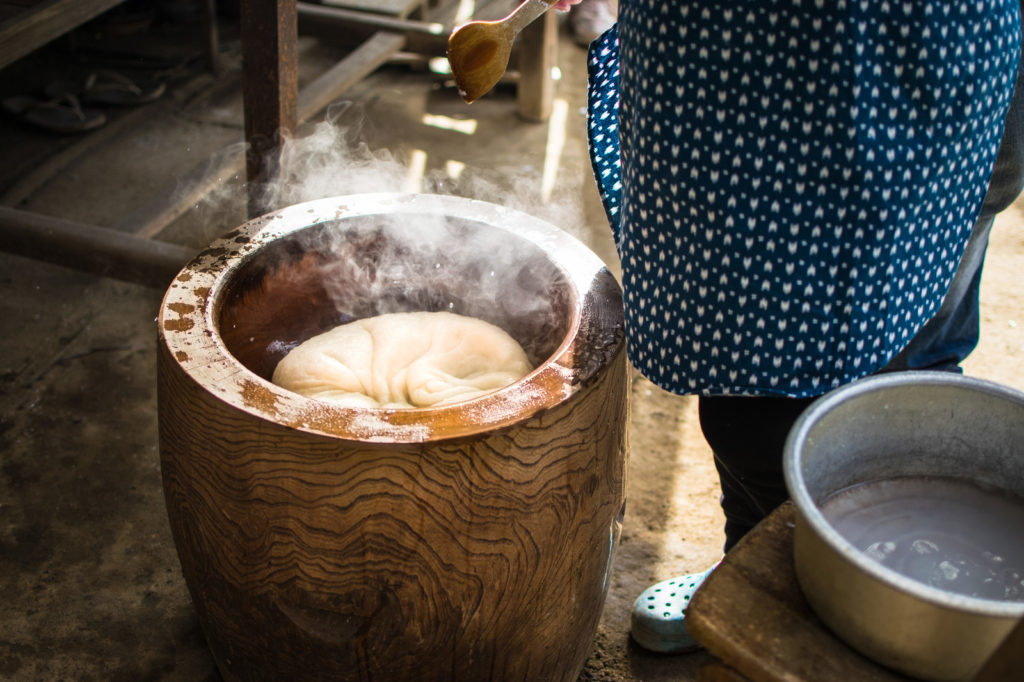
If you want moist bread, this is the recipe you go for!
I hope this information is helpful if you want to understand Yudane and Tangzhong.
Hope you bake your own beautiful, moist bread!
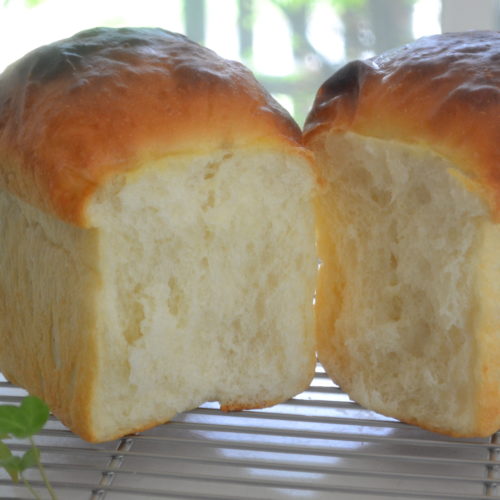
Yudane Shokupan
Equipment
- 1 Loaf Bread Mold 215×110×120mm
- 1 large bowl
- 1 stand mixer
- 1 oven
Ingredients
Yudane
- 75 g Bread flour
- 125 g boiling water
Dough
- 325 g bread flour
- 30 g sugar
- 7 g salt
- 6 g instant dry yeast
- 175 g water
- 50 g whole milk
- 25 g unsalted butter
Instructions
Yudane
- Put your bread flour into a medium-size bowl and pour hot water to it.Mix to combine. Spread the roux over the surface of the bowl to cool quickly.
- Cover with the kitchen towel and let it sit until it comes to room temperature.※If you have time, let it sit overnight in the fridge to create more stability.
Dough
- (Bring Yudane to room temperature if you keep it in the fridge.)
- Put all the dry ingredients into a stand mixer bowl. While the mixer running, add milk and water. It’s always a good idea to scrape down the side. Knead for five minutes or until the gluten develops.
- Add a room temperature Yudane, and need for another five minutes. Knead until the dough stretches thinly.
- Add the room temperature butter. Knead another 2 to 3 minutes until the dough comes back together.
First rise
- Grease the bowl with a couple of drops of vegetable oil or oil spray. Shape your door into a bowl and cover with a plastic wrap.Let it rise at the warm spot for 30 to 45 minutes.
Punch
- After 30 minutes, the doors should puff up a little bit.We are using a heavy cream that prevents the proofing, so we need to activate the yeast by punching. Fold the edges of the dough into the center and shape into a ball.What this does is releasing the gas and take a fresh air into the dough, and activate the yeast to the enen more.
- If you poke the dough with a dusted finger, and it doesn’t spring back, it is proofed enough.Take out the dough on the dusted working surface and divide into 2.
Shaping
- Shape into a ball, cover with the plastic wrap to prevent drying out. Let them relax for 15 mins.This is called bench time or bench rest.Bench rest makes it easy to shape into a final shape.
- After 15 mins, take out the rested dough, shape into a ball. Strech the surface under and pinch to seal.
Second rise & Baking
- Put it into greased mold side by side.Cover with a plastic wrap and let it rise at a warm spot for 45 to 50 mins or until rises half an inch below the edge. Preheat the oven to 180 ℃(375℉)
- Cover the lid and pot it into the oven for 40 mins.
- Take out from the mold and put on a wire rack to cool completely.
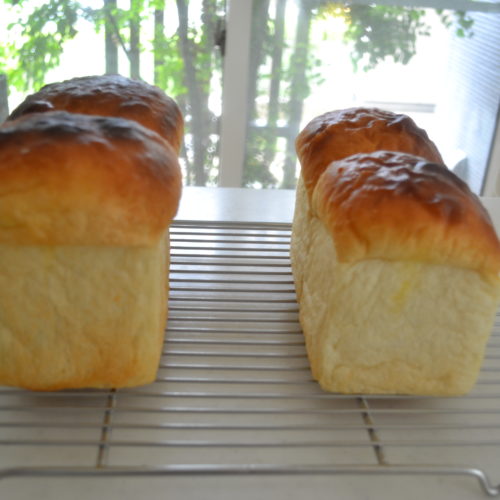
Tangzhong Shokupan
Equipment
- 1 pot
- 1 bowl
- 1 stand mixer
- 1 oven
- 1 Loaf Bread Mold 215×110×120mm
Ingredients
Tangzhong
- 20 g bread flour
- 50 g water
- 50 g whole milk
Dough
- 380 g bread flour
- 30 g sugar
- 7 g salt
- 6 g instant dry yeast
- 250 g water
- 25 g unsalted butter
Instructions
Tangzhong
- Put all the ingredients in a pot and whisk well.Cook over medium-low heat stirring constantly until it makes slurry.Cool to room temperature befure using.
Dough
- put all the dry ingredients into a stand mixer bowl.While the mixer running, add in heavy cream and milk and water.It’s always a good idea to scrape down the side.Knead for five minutes or until the gluten develops.
- Add a room temperature Tangzhong, and knead for another five minutes. Knead until the dough stretches thinly.
- Add the room temperature butter. Knead another 2 to 3 minutes until the dough comes back together.
First Rise
- Grease the bowl with a couple of drops of vegetable oil or oil spray.Shape your door into a bowl and cover with a plastic wrap.Let it rise at the warm spot for 30 to 45 minutes.
Punch
- After 30 minutes, the doors should puff up a little bit.We are using a heavy cream that prevents the proofing, so we need to activate the yeast by punching.Fold the edges of the dough into the center and shape into a ball.What this does is releasing the gas and take a fresh air into the dough, and activate the yeast to the enen more.
- If you poke the dough with a dusted finger, and it doesn’t spring back, it is proofed enough.Take out the dough on the dusted working surface and divide into 2.
Shaping
- Shape into a ball, cover with the plastic wrap to prevent drying out. Let them relax for 15 mins.This is called bench time or bench rest.Bench rest makes it easy to shape into a final shape.
- After 15 mins, take out the rested dough, shape into a ball. Strech the surface under and pinch to seal.
Second rise and Baking
- Put it into greased mold side by side.Cover with a plastic wrap and let it rise at a warm spot for 45 to 50 mins or until rises half an inch below the edge. Preheat the oven to 180 ℃(375℉)
- Cover the lid and pot it into the oven for 40 mins.
- Take out from the mold and put on a wire rack to cool completely.
Yudane was invented in Japan.
